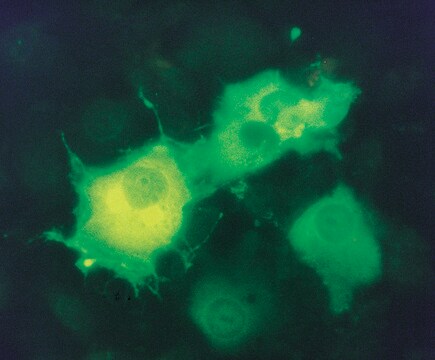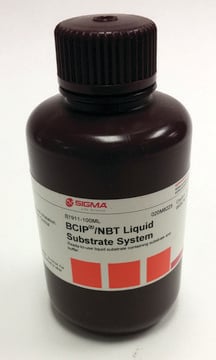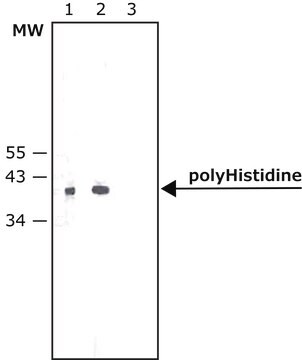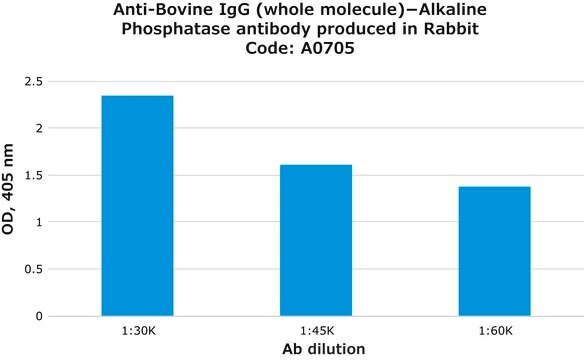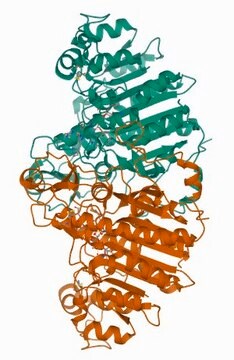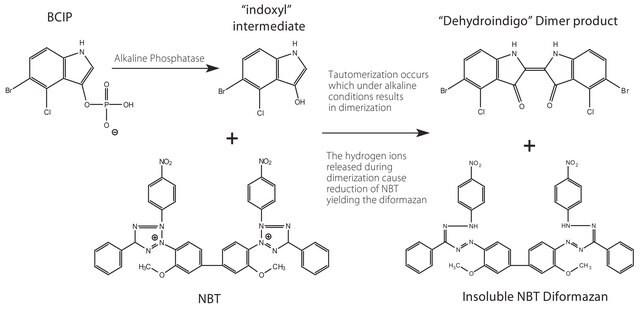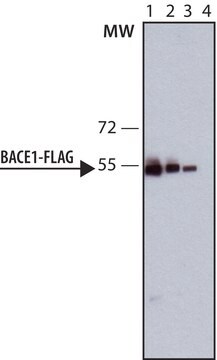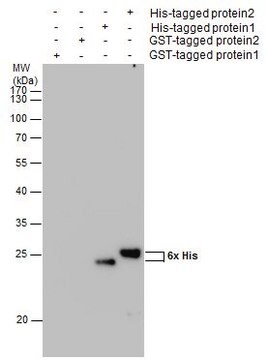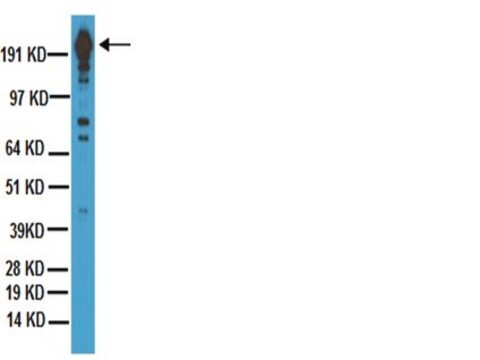A9469
Anticorps monoclonal ANTI-FLAG® M2 antibody produced in mouse
clone M2, purified immunoglobulin, buffered aqueous glycerol solution
Synonyme(s) :
Anti-ddddk, Anti-dykddddk
About This Item
Produits recommandés
Source biologique
mouse
Conjugué
alkaline phosphatase conjugate
Forme d'anticorps
purified immunoglobulin
Type de produit anticorps
primary antibodies
Clone
M2, monoclonal
Forme
buffered aqueous glycerol solution
Espèces réactives
all
Concentration
~1 mg/mL
Technique(s)
indirect ELISA: 1:20,000
Isotype
IgG1
Séquence immunogène
DYKDDDDK
Conditions d'expédition
wet ice
Température de stockage
−20°C
Informations sur le gène
human ... ALPL(249)
Vous recherchez des produits similaires ? Visite Guide de comparaison des produits
Description générale
Application
Western Blotting (1 paper)
- in direct tissue blot immunoassay of sweet orange petioles samples
- in screening internalization of delta opioid receptor
- for screening cell-free protein expression using ELISA
Forme physique
Informations légales
Vous ne trouvez pas le bon produit ?
Essayez notre Outil de sélection de produits.
Code de la classe de stockage
10 - Combustible liquids
Classe de danger pour l'eau (WGK)
WGK 3
Point d'éclair (°F)
Not applicable
Point d'éclair (°C)
Not applicable
Faites votre choix parmi les versions les plus récentes :
Déjà en possession de ce produit ?
Retrouvez la documentation relative aux produits que vous avez récemment achetés dans la Bibliothèque de documents.
Les clients ont également consulté
Notre équipe de scientifiques dispose d'une expérience dans tous les secteurs de la recherche, notamment en sciences de la vie, science des matériaux, synthèse chimique, chromatographie, analyse et dans de nombreux autres domaines..
Contacter notre Service technique


